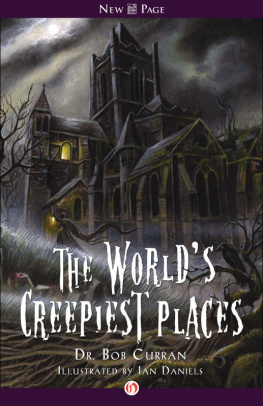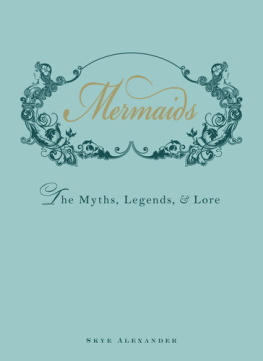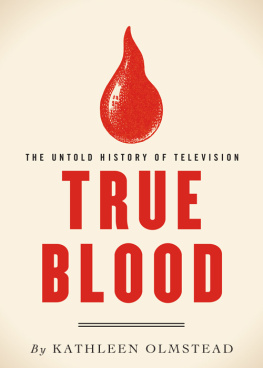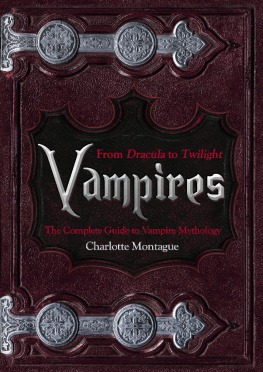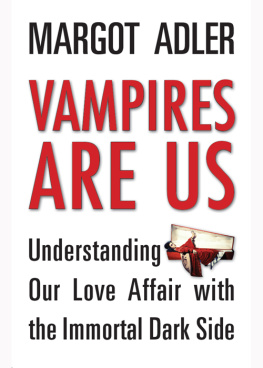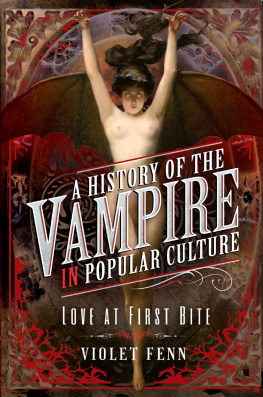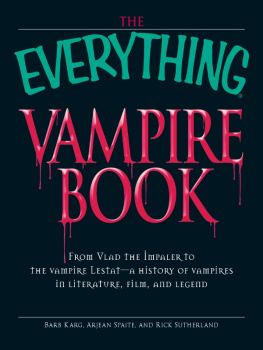A MERICAN V AMPIRES
A MERICAN V AMPIRES
T HEIR T RUE B LOODY H ISTORY
F ROM N EW Y ORK TO C ALIFORNIA
D R . B OB C URRAN
I LLUSTRATIONS BY I AN D ANIELS

Copyright 2013 Dr. Bob Curran
All rights reserved under the Pan-American and International Copyright Conventions. This book may not be reproduced, in whole or in part, in any form or by any means electronic or mechanical, including photocopying, recording, or by any information storage and retrieval system now known or hereafter invented, without written permission from the publisher, The Career Press.
A MERICAN V AMPIRES
E DITED AND T YPESET BY G INA T ALUCCI
Cover design by Wes Youssi/M80 Branding
Printed in the U.S.A.
To order this title, please call toll-free 1-800-CAREER-1 (NJ and Canada: 201-848-0310) to order using VISA or MasterCard, or for further information on books from Career Press.
The Career Press, Inc.
220 West Parkway, Unit 12
Pompton Plains, NJ 07444
www.careerpress.com

This 2012 edition distributed by Open Road Integrated Media
180 Varick Street
New York, NY 10014

C ONTENTS
I NTRODUCTION
Perhaps no folklore entity is better known than the vampire. Weve all encountered them in one way or another, whether it is through cinema, television, books, comic books, products, promotions, or dressed-up trick-or-treaters. Today, vampires are more popular than ever, serving up teenage angst in Buffy the Vampire Slayer and Twilight, or high-octane action in Blade, Abraham Lincoln: Vampire Hunter, and countless other franchises. Vampires are now a business, something so entrenched in our cultural perceptions that we cant really do without them. And because theyre so familiar now, we all know what they look like and where to find them. Theyre gaunt aristocrats living in ruined castles somewhere in Transylvania; dissolute recluses lurking somewhere in misty New Orleans; hormonally challenged teenagers dwelling in some claustrophobic metropolis who attend an ancient but emotionally charged high school. Thats what vampires are? Thats what writers, film makers, and the media would have you believe, because thats the type of vampire that sells.
A belief in vampires has been with us for centuries, and during that stretch of time, it has adapted and developed as humanity has progressed. Its roots stretch back into the mists of time and to the darkest perceptions and fears of our ancestors. It has little to do with the problems of puberty, the differences in social status, or dilettantism and privilege. Instead, it is the crystallized terrors of our forebears coalesced into one menacing shadow that has followed humanity through the ages.
There is much debate as to where the word vampire actually comes from. One theory suggests that it came from the word upir, which is the Russian word for wicked person. In 1047, the word appears in an East Slavic letter referring to a Novgorodian (East Russian) prince as Upir Lichy (a wicked vampire). This might have been in regard to his taxation methods, that is, drawing the blood (wealth) from his people. Other sources say that the word first appeared in Bulgaria and Yugoslavia around the late 1600s, but nobody is really sure. The word vampire first appeared in the English language around 1734 in a travel feature entitled The Travels of Three English Gentlemen, which was published in The Harliean Miscellany in 1745.
Nonetheless, the concept of the vampire with which we are most familiar today originated somewhere in Eastern Europe or in Germany. This is not to say, however, that there were not vampiric beings long before that, or that other cultures do not have their own vampires, many of which are very different from the perception of the books and films. Vampires belong to a category of night visitors that often tormented our ancestors as they lay asleep. (These were called mara or mares by the Nordic peoples, and their visitations usually caused restlessness and awful dreams. These visitors included a number of demons, ghouls, and gaunts, who would cause physical harm if they could. In ancient Rome and Greece, these creatures included things such as incubi (male) and succubi (female): demons who would have sexual intercourse with the sleeper all through the night, leaving them tired and exhausted in the morning; the Lamia, who might smother the sleeper, strangling him or her in the bedclothes, especially killing small children; or a host of other night terrors who might attack the sleeping person in various ways. These evil dead might do physical harm to the sleeperfor example, the Irish folklorist Thomas Crofton Croker collected a story in County Limerick in which one being cut the throats of sleeping brothers with a razor. The idea of such creatureswhich appear in many culturesmay have served as the motif for the concept of the vampire. In places such as Mexico, the Philippines, South Africa, and South America, sleepers are still visited by evil thingsfew of them bearing any resemblance to the commonly held perception of the vampire.
All of these vampire motifs describe a physiological condition. The notion of the Aswang (and similar vampires) may serve to explain nocturnal emissions in young men as they sleep and perhaps experience erotic dreams. It was not they who had created such visionsit was the Aswang in order to get their semen. Similarly, when someone wakes up tired and irritable after what appears to be a good nights sleep, it is the vampire that is to blame. All nocturnal ailments were often attributed to the work of vampiresa convenient handle on which to hang night-time and morning sicknesses and debilitation.
Besides leeching off of the resting, in a number of cultures, vampires subsist on bodily fluids, secretions, and whatever human energies that they can draw out.
The Penanggalan of Malaysia, for instance, is little more than the floating, blood-stained head of a woman who died in childbirth, traveling while dragging its entrails behind it. Again, the Aswang of the Philippines is a dragon-like creature that drinks both sweat and semen (no blood) from the bodies of sleeping men, sucking them up through a long, hollow tongue, which it lowers between the palm-leaf roofs of the forest huts. The tiny ape-like Tikoloshe of South Africa climbs on the bed and drinks from the soles and ankles of the sleepers feet. In parts of Central America, tiny balls of light feed on the energy from the sleeping body through a process akin to osmosis.
Not all of the night-walking dead are malicious, though. Indeed, Romanian folklore draws a distinct line between two groups of corporeal phantoms who can visit houses during the hours of darknessthe moroi and the strigoi. The former are those who have been permitted to rise by a direct command from God because of their holy lives. They are permitted to enjoy the things that they knew in life, such as a hot meal, a glass of alcohol, or the company of their former partners and loved ones. At the end of one night they return to the grave, perhaps for all eternity. But if God could raise the dead, so could the Devil, and these were the strigoi, the malevolent dead who rose from the tomb to do evil. They might attack their families, relatives, and communities, and protections had to be put in place against their attentions.
Next page


